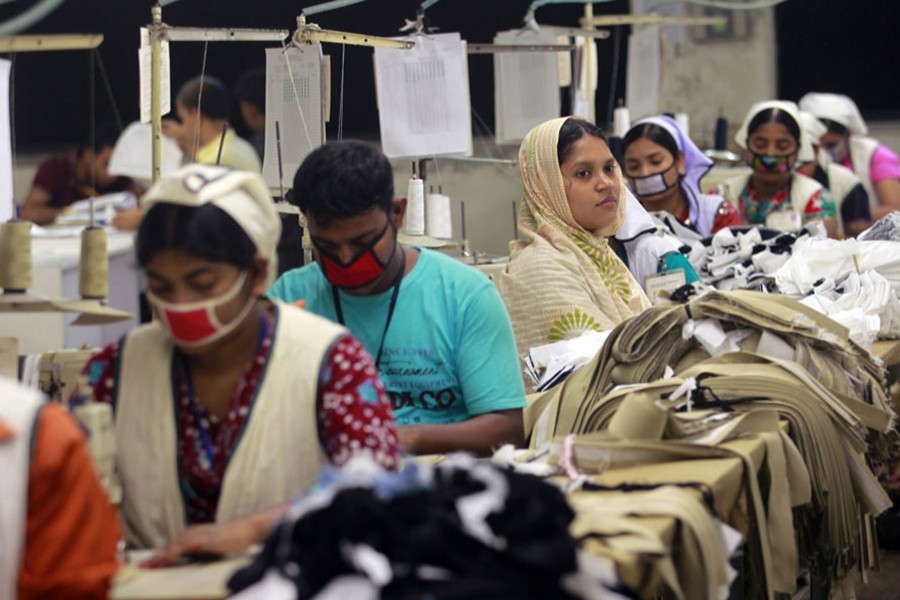
Published :
Updated :

A report carried in this paper on August 26 titled, "RMG industry steadily getting corporatised" highlighted the benefits to be had from the development in the status of the sector. Shorn of frills , hard-headed pragmatism calls for a distinction to be made between adopting 'a corporate culture' and actually effecting corporatisation of an enterprise, structurally and operationally.
The former is a little subjective while the latter happens to be objective containing certain fundamental elements like good management-worker relations, prospects for rewards/ promotion , fair wages , work-place safety, and gender- friendly behaviour in view of an overwhelming women majority among the garments' work force.
Corporatisation is driven by productive efficiency, competitive pricing and profit motive , objectives in meeting which the workers are the lynch-pin while the mid-to-upper level managers form the bedrock.
The second point of concern is two-fold that unfortunately receives lip-service instead of the pivotal attention it has so richly deserved for so long! The buying house alliances cry their hearts out in sympathy for the workers' safety and are insisting on compliance standards for the consumption of their citizens. All this has admittedly worked as a positive force for our industry. But alliance partners cannot stretch it too far-namely chaperoning us to a point of foisting the opposite of what they should have aimed for: Encouraging self-reliant management .We would have looked a bit kindly on their stickler approach, if you like, had they been themselves above board in meeting their part of the bargain. For, when the time comes for bargaining on our products they set rock-bottom price to our products taking undue advantage of the cheap labour cost Bangladesh is known for.
As for gaining control over decision-making in the garments sector Professor Rehman Sobhan's articulate concern over dependence on hired consultancy resonates robustly with us. We must have our own pools of trained mid-upper mid level experts on a double quick basis under arrangements with training institutes overseas including adequate stints of in-house, on-job training imparted at the mid-level in our own country.
Yes, the readymade garments sector has been in a process of corporatisation, but more out of forces of circumstances than in consequence of a deliberate choice or a planned approach to a transformative direction. The external forces came into play after Tazrin and Rana Plaza disasters had unmasked the callous negligence of minimal worker safety in a number of factories.
Of course, the awakening to incipient dangers came in the sector as part of a self-maturation process as well which is borne out by its evolution. Beginning as pioneering individual enterprises with a vision, the embryonic apparel manufacturing units graduated from different groups of companies to come of age as big conglomerates. Where mercantile, and even intra- and inter-family partnerships proved rather fragile, the merging groups with extended allied interests thrived in the apparel sector.
This has been aptly described as a business being 'operated through various departments including marketing, finance, operations, compliance ,merchandising, research and development(R&D), and human resources under the umbrella of respective groups.'
The synergies have meant lower production costs, helped ensure rights and benefits to workers and other employees. Moreover, composite companies with their own backward linkage industries like spinning, knitting, dyeing, printing and accessories helped meet the lead time.


 For all latest news, follow The Financial Express Google News channel.
For all latest news, follow The Financial Express Google News channel.